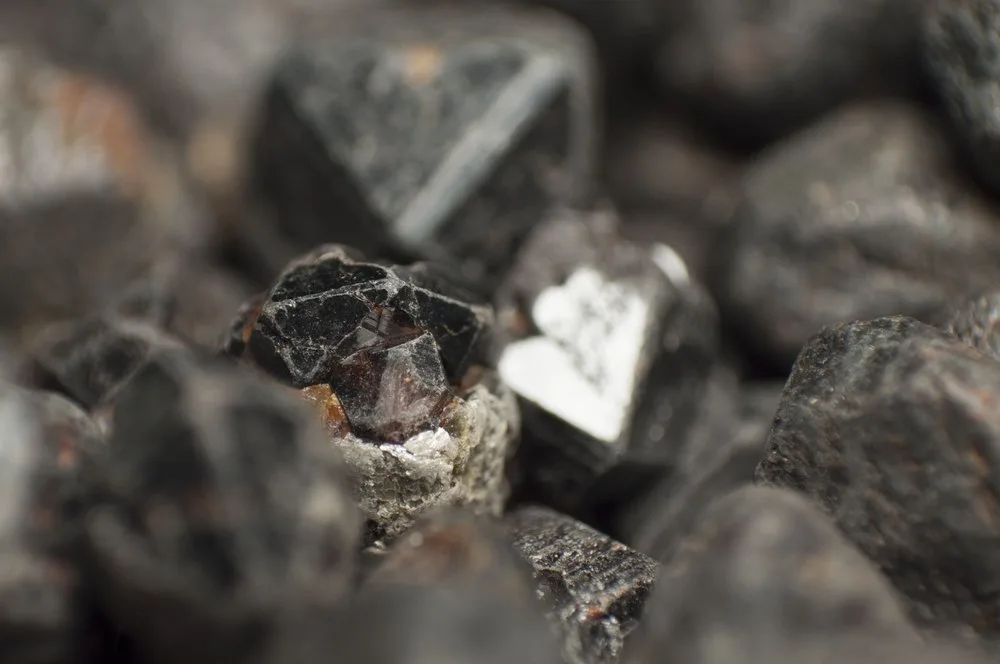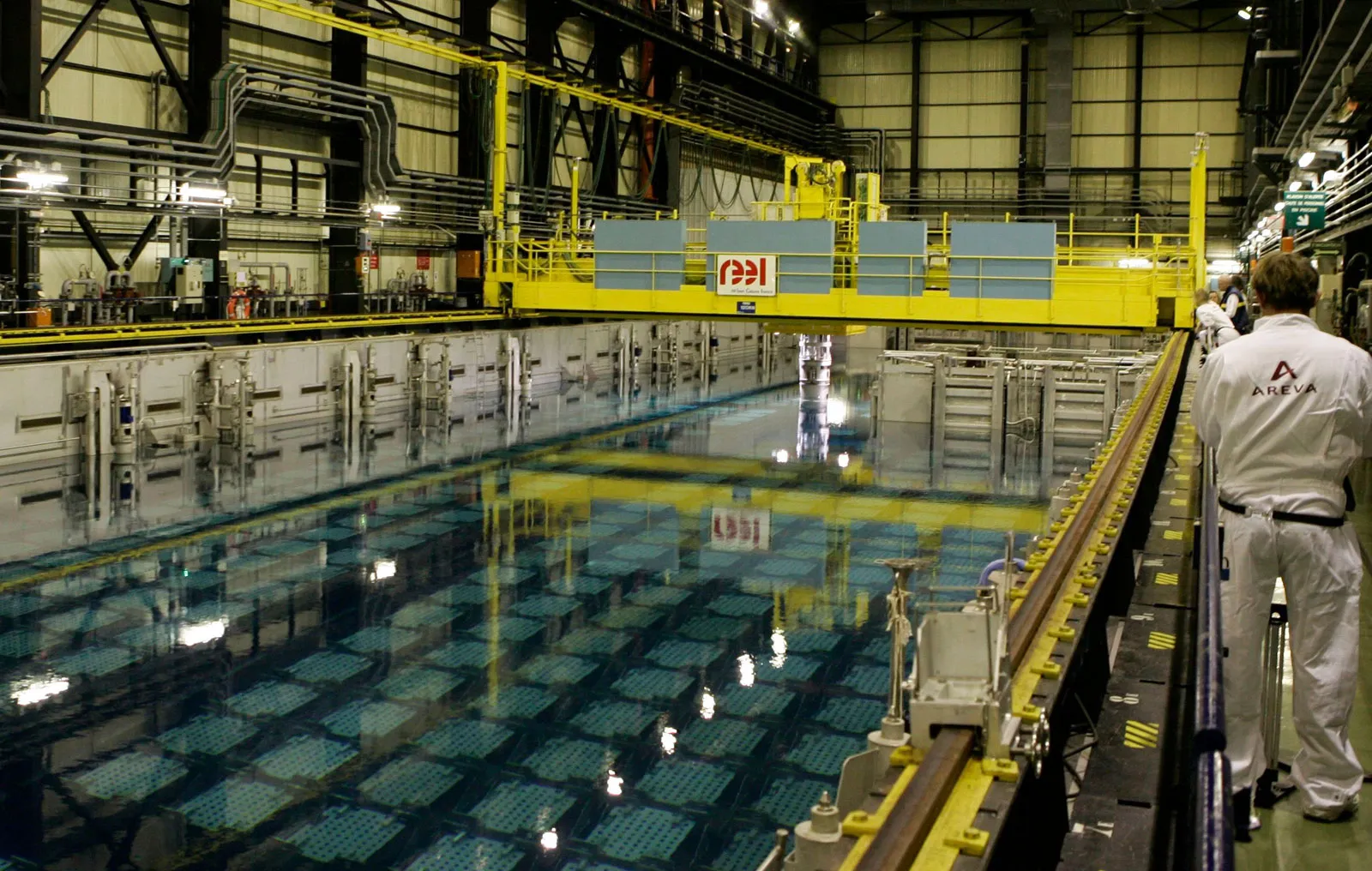Tin, a key metal needed for the green energy transition as well as electronics and consumer packaging, could be about to have a big moment.
The supply of tin to global markets could be significantly disrupted as tin exporting regions of Myanmar suspend operations and exports to preserve tin resources and potentially wait for higher prices.
According to Bloomberg, Myanmar, the world’s third-largest supplier of tin, had halted production in mines in Wa state from August 1, in line with announcements in April, the World Tin Association confirmed the news.
“From Aug. 1, 2023, work at mines, including exploration, mining and processing will be suspended,” Myanmar’s Wa State Central Economic Planning Committee said in a document issued on April 15 2023, Reuters reported at the time.
“The suspension had been estimated by China sources to last for between one and three months, but more recent news suggests that may be too optimistic,” the ITA said
In anticipation, tin smelters in China had been stocking up on inventory, which ITA said would keep smelters going for at least a month.
Earlier, Fitch analysts revised down forecasts for Myanmar’s tin production and expect a decline of 30% y-o-y in 2023.
In 2022, almost two-thirds of China’s imported tin-in-concentrate came from Myanmar, totalling 48,000 tonnes.
Myanmar provides the world with around 10% of global supply and most tin is absorbed by Chinese smelters.
Tin is a crucial part of solar power infrastructure, the World Tin Association says.
With demand for tin for solar panels surging massively, short tin supplies could be a catalyst for prices to rise.
According to the IEA, in 2023 and into 2024, global solar panel manufacturing capacity is expected to double, with China again claiming over 90% of this increase.
Solar panels are formed of many individual solar cells, connected by “solar ribbon”.
This ribbon is a copper wire, coated in a thin layer of tin solder. The ribbon carries the charge to the edge of the panel, where it feeds into junction boxes. This electrical system also requires solder connections – as does the grid infrastructure. In line with module production, tin use in the industry has been rapid, growing more than six-fold in the past decade.
Another major use for tin is in consumer electronics like TVs and for EVs.
With China set to stoke demand for both consumer electric goods and EV sales, demand for tin from China alone could soar very soon.
Investors in tin mining stocks, the ‘tin barons’ of Twitter, could be in for a wild ride in 2023.
What’s next for tin?
Mark Thompson, Chair at Godolphin Minerals and Godolphin Exploration Ltd in London, said with solar demand in China and globally running hot, tin could move quickly to much higher levels.
“Solar demand is rampant and I expect a consumer restock starting September. Just in time to see Chinese smelter production falling due to a lack of Myanmar tin concentrates,” he tweeted.
Thomspon also says while overall global demand for electronics had weakened, and tin stocks in metals warehouses high, we could see a rapid change in pricing under the right conditions soon.
“The catalyst for the next round of tin buying will be when LME and SHFE warehouse stocks start to fall. If this happens I expect a rapid move to +$35k,” he said.
Tin currently sits at just over $27,000 USD a ton on the LME.
My #tin market view is this: market currently in a surplus due to weak electronics and consumer demand - manufacturers have been de-stocking for a few months. Few believed both the Indonesian and Myanmar exports would end.
— Mark Thompson (@METhompson72) August 4, 2023






